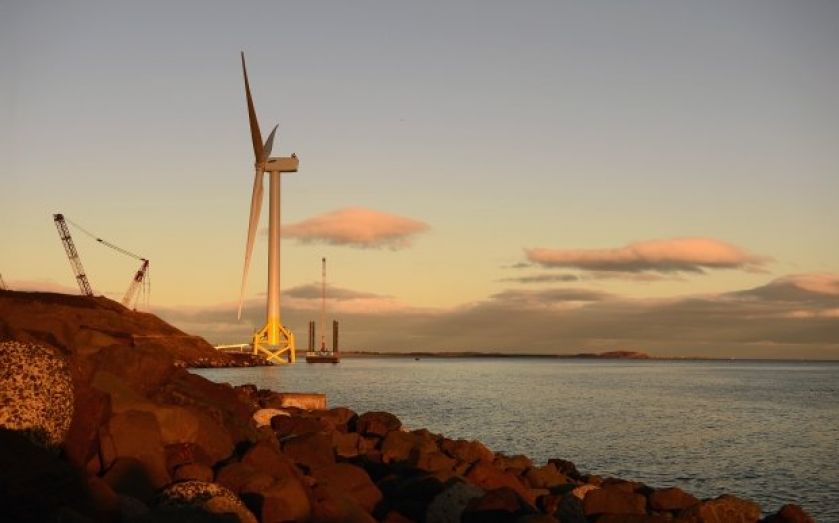Why the government’s offshore wind plans are full of hot air

Offshore wind was one of the winners out of the UK government’s shakeup of renewable energy subsidies in December, but the investors have not come running.
Slightly embarrassingly, on the same day that the government published its first Offshore Wind Programme Board annual report – a government/industry initiative aimed at maximising the economic benefit from offshore wind – the consortium behind the world’s largest offshore wind farm, London Array, said it had ditched its plans to expand the project, albeit due to the time it would take to fulfil EU environmental requirements.
A number of other offshore wind developments have been shelved in recent months, notably back in November when RWE Npower pulled out of a £4bn project in the Bristol Channel, calling it “uneconomic”.
And why is there not enough inward investment to the UK in the offshore wind supply chain?
A key problem is a lack of clarity around long-term investment for offshore wind. The government refuses to give a definitive target for the pipeline of projects post 2020. While it forecasts 10GW to be generated in 2020, up from the 3.6GW installed now, its vagueries about a “43GW total pipeline” don’t give much reassurance.
Around half of the 43GW pipeline is made up of project “scoping”, which is of course no guarantee that the project will happen. And that figure does not allow for some more large-scale projects pulling out, although it does not include the latest – canned – phase of the London Array.
A Department for Energy and Climate Change official could not say how much of that that figurative 43GW will actually be built.
All of this doesn’t give much visibility for the long-term investor about the levels of support the industry can expect in the future.
Yet still, energy minister Michael Fallon says that “the UK is the world leader in offshore wind”. In the land of the blind…